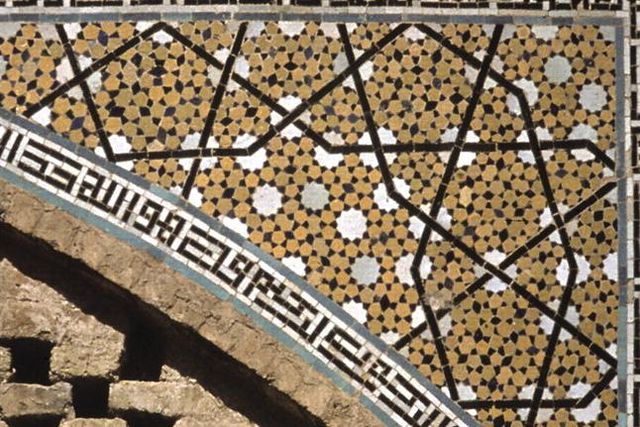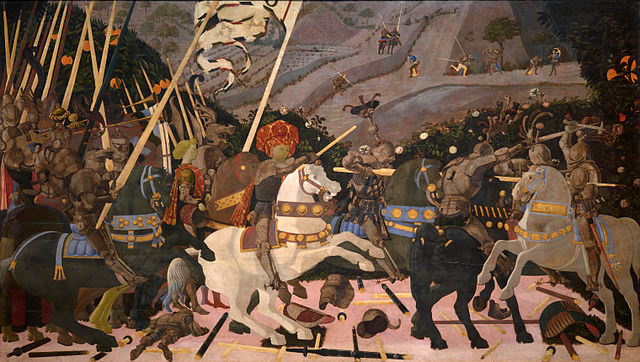Fractal art is a form of algorithmic art created by calculating fractal objects and representing the calculation results as still digital images, animations, and media. Fractal art developed from the mid-1980s onwards. It is a genre of computer art and digital art which are part of new media art. The mathematical beauty of fractals lies at the intersection of generative art and computer art. They combine to produce a type of abstract art.
Hindu temples feature self-similar, fractal-like structures, where parts resemble the whole.
Islamic geometric patterns are reminiscent of fractal art, as on the main dome of Selimiye Mosque in Edirne, Turkey, with self-similar patterns.
A detail from a non-integer Multibrot set
Fractal image generated by Electric Sheep
Algorithmic art or algorithm art is art, mostly visual art, in which the design is generated by an algorithm. Algorithmic artists are sometimes called algorists.
"Octopod" by Mikael Hvidtfeldt Christensen. An example of algorithmic art produced with the software Structure Synth.
Islamic geometric patterns such as this girih tiling in the Darb-e Imam shrine in Isfahan, are precursors of algorithmic art.
Paolo Uccello made innovative use of a geometric algorithm, incorporating linear perspective in paintings such as The Battle of San Romano (c. 1435–1460): broken lances run along perspective lines.
Letter Field by Judson Rosebush, 1978. Calcomp plotter computer output with liquid inks on rag paper, 15.25 x 21 inches. This image was created using an early version of what became Digital Effects' Vision software, in APL and Fortran on an IBM 370/158. A database of the Souvenir font; random number generation, a statistical basis to determine letter size, color, and position; and a hidden line algorithm combine to produce this scan line raster image, output to a plotter.








